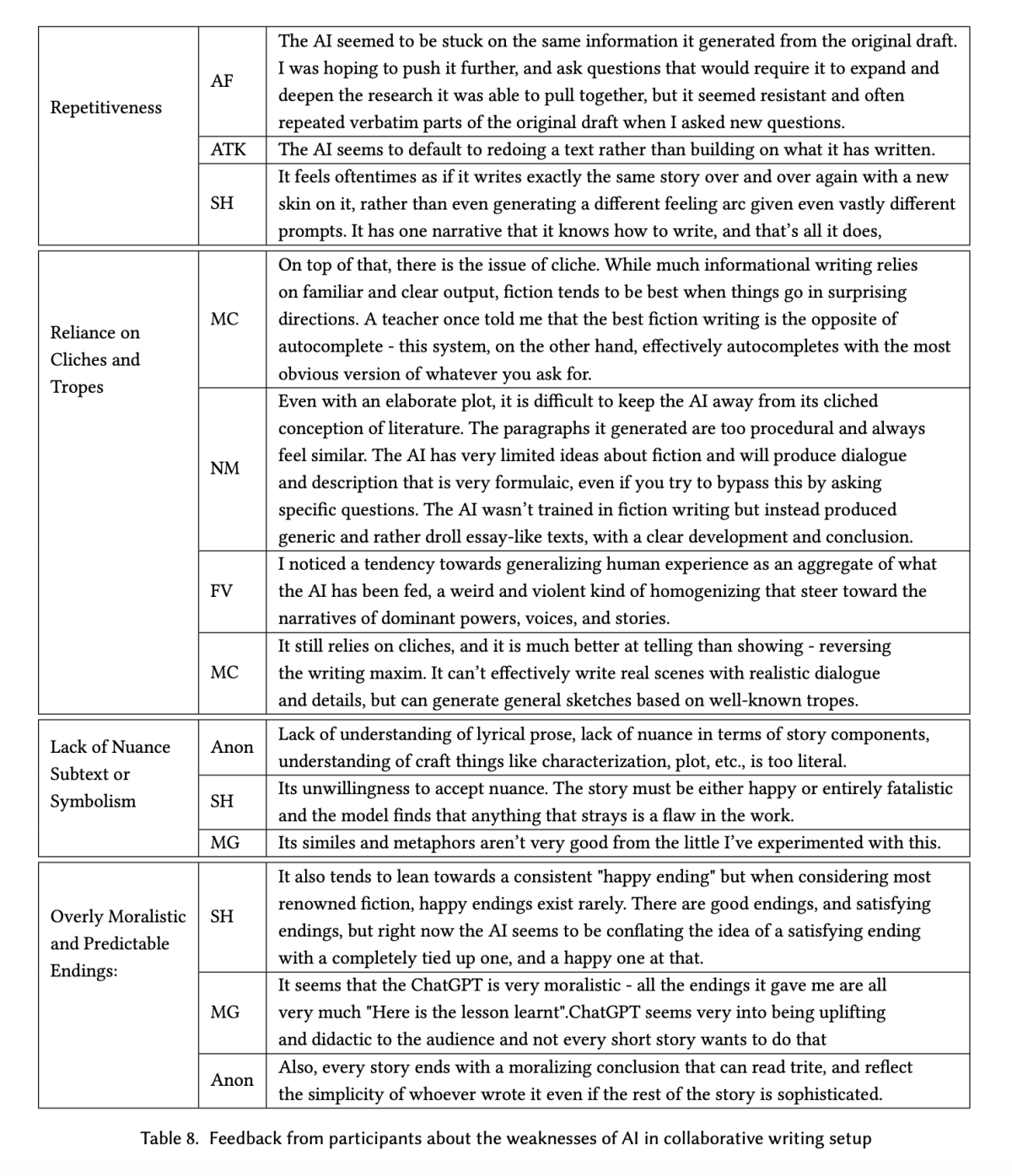A Thousand Steps Ahead: Subtxt Outshines Recent LLM Research in Story Structuring
Bridging narrative expertise with language model prowess
In the realm of AI-assisted writing, the dance between researchers and writers continues as they explore the potential of State-of-the-Art Language Models (LLMs) like GPT-3.5 in aiding the creative process. A new paper has surfaced, proposing a human-AI collaboration framework for writing support, encouraging a synergy between LLMs and professional writers throughout the cognitive activities of planning, translating, and reviewing. However, upon a closer look, one can't help but notice that this proposition mirrors what Subtxt has been providing, but with a fundamental difference—and a superior approach.
Subtxt goes leagues beyond by not merely employing an LLM to shape the narrative structure. Instead, it melds the discernible advantages of an LLM with a well-established predictive narrative framework that advocates for intent rather than mere rote repetition. This novel approach brings to the table a nuanced understanding of story, narrative structure, and theme—elements seemingly overlooked in the discussed paper.
The paper Creativity Support in the Age of Large Language Models, (extending across 33 pages), exudes a lack of grasp on narrative theory—likely leaning on deficient theories like Hero's Journey or Save the Cat! The research focuses on storytelling, not story development--which is where most of these papers fall short. It's a classic instance of attempting to decode the essence of story through the lens of an LLM (through the text), rather than imbuing the LLM with the essence of story (through the meaning).
The tweet thread underscores the paper's endeavor to create a space for LLMs in aiding writers through the cognitive processes of writing. They collected a dataset of 30 co-written stories across various genres with GPT-3.5, aiming to bridge the gap between LLMs and writers. However, the feedback from writers pinpointed glaring drawbacks—repetitiveness, cliches, lack of nuance or symbolism, and predictably moralistic endings. These are pitfalls that Subtxt has triumphed over by embracing a narrative framework that encapsulates a myriad of narrative arcs, from triumphs to tragedies.
The moralistic tendencies critiqued in the paper are non-issues in Subtxt's domain, thanks to its robust narrative framework that enriches the LLM’s understanding, steering clear from an over-reliance on cliches and tropes. It's the epitome of teaching an LLM the crux of story, rather than futilely trying to extract the essence of story from an LLM.
A stint in the Build a Better Story cohort will propel you light years ahead of the research outlined in this paper. Subtxt is not just a step forward; it's a monumental leap towards harnessing the power of LLMs in a way that reveres the core of storytelling. It's about fostering a symbiotic relationship between technology and narrative, ushering in a realm where AI doesn't just mimic creativity but nurtures and elevates it.
Download the FREE e-book Never Trust a Hero
Don't miss out on the latest in narrative theory and storytelling with artificial intelligence. Subscribe to the Narrative First newsletter below and receive a link to download the 20-page e-book, Never Trust a Hero.


